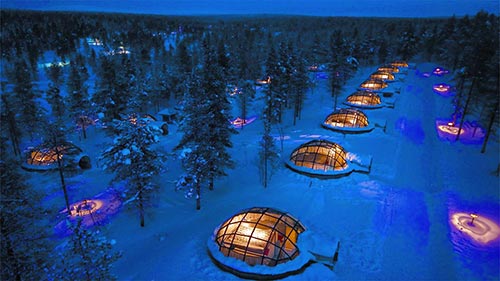It seemeth to me as if the very doors of heaven have been opened tonight, so mighty and beauteous and marvellous were the waves of golden light that a few moments ago swept across the azure deep, breaking forth into floods of wondrous glory. We looked, we SAW, and TREMBLED.
-
AuroraMap is a live Northern Lights forecast map. Using data from magnetometers worldwide alongside social media posts we can estimate where the Aurora Borealis could be seen.
-
Northern lights forecast
This is the 'kp' indicator. This shows the current level of aurora activity which can give an estimate of how far south aurora may be seen.
-
Aurora map
The map shows recent geotagged posts from Flickr and Twitter. The green overlay displays how far south the aurora could be seen at the current Kp level.
-
Map controls
No markers today? You can browse markers from the past by selecting a range or day from this menu.
-
Northern lights analysis
The left panel shows a more detailed overview of current conditions, alongside recent tweets and Facebook posts related to the Aurora Borealis
-
Explore
Learn more about the Northern Lights, how to photograph them and legends of the Aurora
-
Good luck!
Perhaps you will see the elusive Northern Lights sooner than you think...
Solar weather charts

The first chart shows the Kp levels from the last few days. The higher the Kp the more likely the Northern Lights will be visible at lower latitudes. learn more

The second chart show the current Bz. Bz is an indication of the direction of the Interplanetary Magnetic Field. When the Bz points south then it is very likely that aurora will be visible if the Kp is high. learn more
Photographing the Northern Lights

Equipment
Camera
Your most important piece of kit, a good camera is essential. Some bridge cameras have the capabilities needed for night photography, but a DSLR is essential for high quality images.
Tripod
A sturdy base is key for night time photography. Even the slightest movement can blur a shot.
Trigger
To avoid moving the camera when taking a shot an external trigger can be used. Many modern triggers include timers for multiple shots.

Setup
Shutter speed
The longer your exposure the greater the chance of blurred aurora and star streaks. A maximum of 30 seconds per exposure will keep your images reasonably sharp.
Aperture
The wider the aperture the more light is available to your camera sensor. If your lens allows it an aperture of f2.8 or greater is ideal.
ISO
Keep your ISO high to reduce exposure time, Most DSLRs should be OK at around 800 ISO.

Shoot
Location
To shoot the northern lights at lower latitudes it's important to get as far away from towns and cities as possible. Light pollution from street lights can have a huge impact on your ability to get a clean image of the aurora.
Choose somewhere with a clear view north and some foreground interest to add to your photos.
Timelapse
Creating a video from a series of photos is a great way to show the movements of the Northern Lights.
A camera trigger with built in timer allows you to take many images and stitch them together. There is good free software available for creating timelapses, VirtualDub being one of the best.
Where to see the aurora

Kakslauttanen resort, Finland
The best place to see the Northern Lights during the winter months is within the Arctic circle. However, when the sun sends a particularly powerful solar flare our way they can become visible much further south.
On September the 1st, 1859 a huge geomagnetic solar storm hit the earth. This was known as the The Carrington Event, named after Richard C. Carrington who documented the storm.
The result of this storm was aurorae visible as far south as the Caribbean.
Given the right conditions it is commonly possible to view the aurora from latitudes in line with Glasgow, Scotland and during stronger storms from the south of the UK.
Can’t wait?
To almost guarantee seeing the lights you need to travel as far north as you can. In Finland, the famous Kakslauttanen resort has glass igloos where you can view the aurora from the comfort of your bed.


